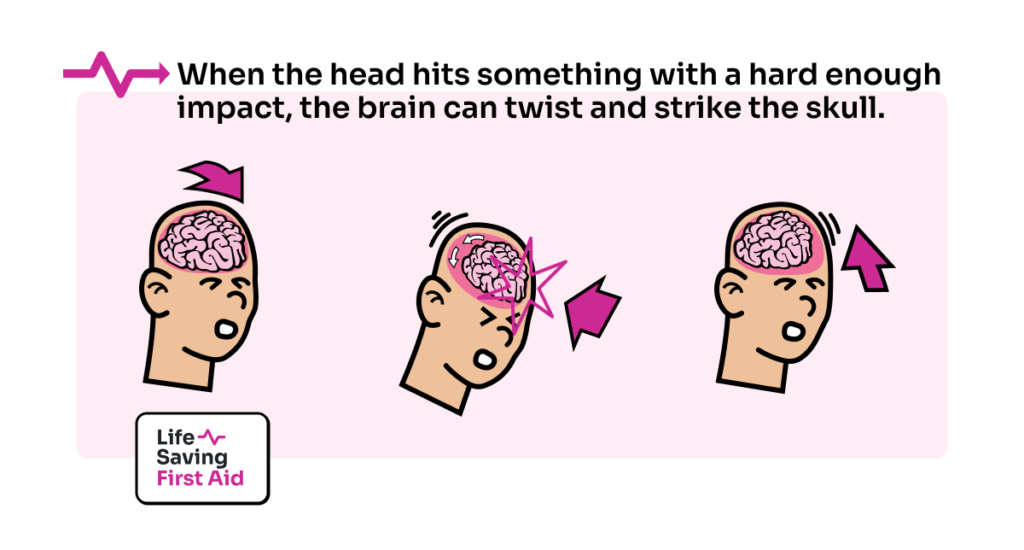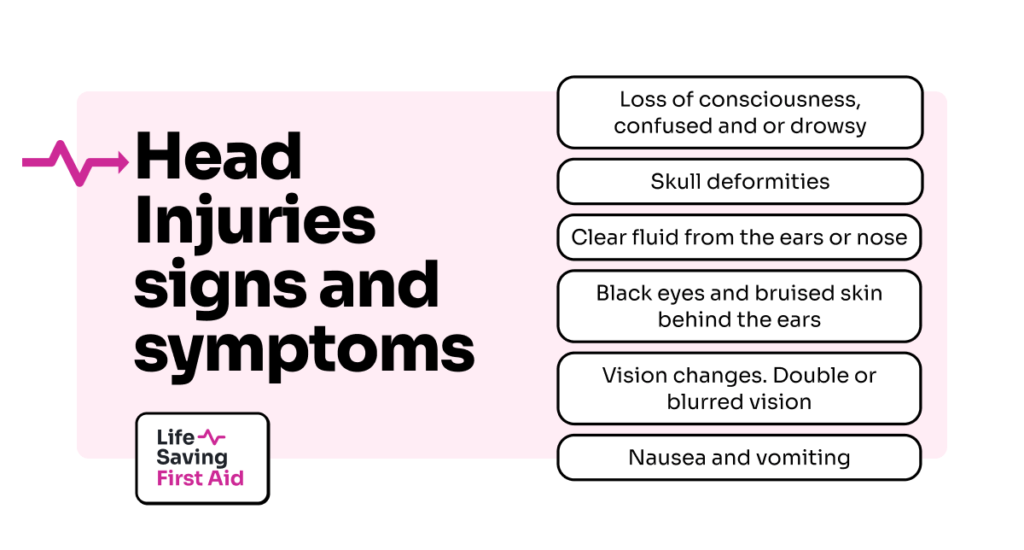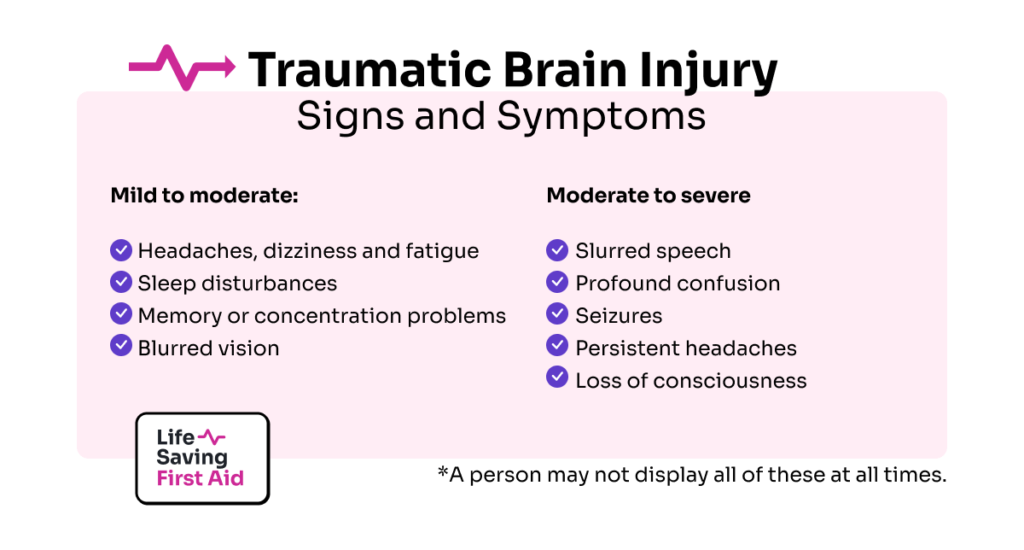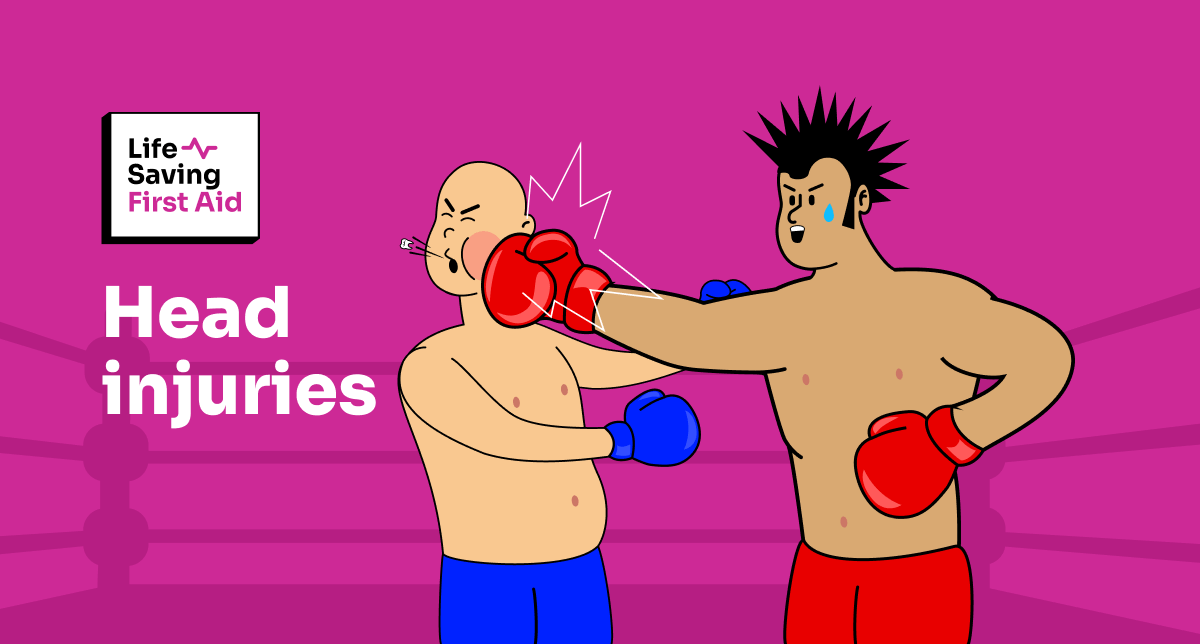Introduction
So I was watching my grandsons under 11s footy match a few weeks ago and couldn’t help overhearing a conversation between a couple of elderly gentlemen, also watching the game. Their conversation highlighted some of the effects of head injuries. It went something like this:
Gent one. ” Remember the good old days when we played footy? The coach never worried if we got concussions or head injuries, he would just send us back in.”
Pause
Gent two. “No.”
It made me smile. I could relate. As a youngster, and even into my twenties playing sport, there was a very casual approach to head injuries. ” You’ll be ok” was the general panacea for all knocks to the Uncle Ned. ” In ya go”! No thought at all for any long-term damage to anyone’s brain.
Memory loss, long-term brain damage, major trauma in the short term, or even – worst case scenario – death could be the end result of what appears to be a minor head injury.
Never considered.
Then I thought about how the attitude to head injury has changed. How there is a greater understanding now of the impact a head injury can have on a person.
Now in sports, players who suffer a head injury, no matter how minor, are removed from the game, assessed, rested, reassessed and either sent back on or sent to hospital for even more assessment and tests.
And rightly so.
Damage to the brain can result from even minor head trauma as this causes the brain to move inside the head and collide into the skull.

A bit about the BRAIN
The brain is a soft and delicate organ, approximately 75% water that can generate more electrical impulses in one day than all the telephones on the planet.
One hundred billion neurons processing information, 161,000 blood vessels to keep them all functioning, generating enough electricity to power a light bulb.
It is a miracle of natural computing power and an absolutely vital element for your quality of life.
That’s all very interesting, but as this blog is about head injuries and not the brain, the important bit for us is “soft and delicate”.
Although your soft and delicate brain is protected by your skull, which is very strong, a hard blow to the head can cause a brain injury. There may even be no visible signs of trauma to the scalp or face.
And, as the brain itself does not feel pain because it has no pain receptors you will have no warning – pain – if any damage has occurred.
Indications that something is seriously wrong may come later.
Head Injuries
Head injuries may be caused by a number of mechanisms including, falls, assaults, motor vehicle crashes, sporting injuries and, less commonly, penetrating injuries.
It is important to note that a head injury does not always result in a loss of consciousness or memory.
Even if there is a suspected head injury it should be treated with the utmost care.
A final assessment of the injury should still be done by a health care professional.
Be aware that if the head is injured, the neck and spine may be injured too.
There are two types of head injury
- Open – with bleeding wounds to the face or head
- Closed – no visible signs of injury to the face or head
Head Injuries – signs and symptoms

Blood is not a reliable indicator of the seriousness of a head injury. This is because minor cuts on the head often bleed heavily as the face and scalp have many blood vessels close to the surface of the skin.
Although this amount of bleeding may be alarming, many times the injury is not severe.
Apart from wounds, other symptoms of serious head injuries can include:
- Altered consciousness – for example, loss of consciousness for even a short period then regains consciousness but is confused and or drowsy. Their condition improves for a while, deteriorating again later. They may even experience a small seizure or persistent headache.
- Skull deformities – signs of Fracture are indications there may be compressions or deformities. A serious head injury.
- Clear fluid from the ears or nose – a skull fracture, especially a fracture to the base of the skull, can allow cerebrospinal fluid to leak from the ears or nose.
- Black eyes and bruised skin behind the ears – this indicates that the blow was of sufficient force to rupture blood vessels around the eyes and ears.
- Vision changes – dilated (enlarged) pupils or different pupil sizes often indicate serious head injuries. The casualty may also complain of double or blurred vision.
- Nausea and vomiting – these are common side effects of serious head injuries and should always be considered important if they persist.
Remember, a victim may have a brain injury without any external signs of injury to the head or face. Serious problems may not be obvious for several hours, or even days, after the initial injury.
Management of head injuries
Follow the initial action plan DRSABCD with a focus on assessing and managing the airway and breathing.
For a conscious casualty
- Encourage the injured person to minimise any movement of their head or neck and control any significant blood loss from head wounds with direct pressure and a dressing.
- Reassure the casualty and monitor their condition.
- Call 000 if the casualty lost consciousness, suffered altered consciousness even for a short time, or any of the above symptoms indicating head injuries are present.
- If 000 called do not give the casualty any food or drink.
Unconscious Casualty
- Call 000.
- The casualty should not be moved unless they are in immediate danger. Be aware that any movement may cause greater complications to their head injury as well as their spine.
- If they are lying on their back, you will need to place them in the recovery position.
- If the person stops breathing or has no pulse, cardiopulmonary resuscitation (CPR) may be needed.
Once again follow the initial action plan DRSABCD with a focus on assessing and managing the airway and breathing, whilst caring for the neck until expert help arrives.
Remember, if they have a serious head injury, the neck may be injured too.
After any head injury, advise your casualty to seek professional medical advice as soon as possible.
Concussion
As far as head injuries go, concussion is the most common place. But what is concussion?
According to the university of Qld. –
“Concussion is the most common and mild form of traumatic brain injury. Within the skull, the brain floats in a protective suspension of cerebrospinal fluid. Concussion occurs when either a direct impact or whiplash effect – either through a blow to the skull or the body — causes the brain to move inside the head and collide into the skull. As a result, neurons are damaged and the brain may bruise at the site of impact. You don’t have to lose consciousness to have a concussion, and the force required for it to occur is small.”
Concussion is quite a common sporting injury, predominately contact sports, such as Australian rules football, rugby league and rugby. The AFL website has a great blog on concussion in AFL and some very useful tools.
Other activities such as horse riding, cycling and skiing, with a high risk of falls, are also common causes of concussion.
Traumatic Brain Injury (TBI)
A Traumatic Brain Injury ( TBI ) is an injury to the brain caused by an external force and is classified according to its severity: mild, moderate or severe.
Signs and symptoms of TBI

According to the same University of Qld. study, a staggering 89% of concussions will not be assessed by a medical professional, and 70 to 90% of concussions are TBIs! (Here is the link to the study: https://qbi.uq.edu.au/concussion/what-is-concussion )
The message here is clear – ANY head injury must be taken seriously and professional medical attention should be sought.
Recovery from concussion
Generally, most people recover fully within 2 weeks, however, children usually take longer to recover.
For some people, symptoms can continue for longer, especially if they have had a head injury before.
A small number of people have longer-term complications such as ‘persistent post-concussive syndrome’ when concussion symptoms continue for longer than 3 months after the event.
Of course, see your doctor if you are concerned about ongoing symptoms after a concussion.
I found lots of great stuff while researching this blog so watch this space for some more on head and brain trauma.
So, for this blog on head injuries, I’ll give the last word to my old friend Publilius
“Even when the wound is healed, the scar remains.” Gives me goosebumps….
Well, that’s that. Until next time….. stay safe
Adrian
